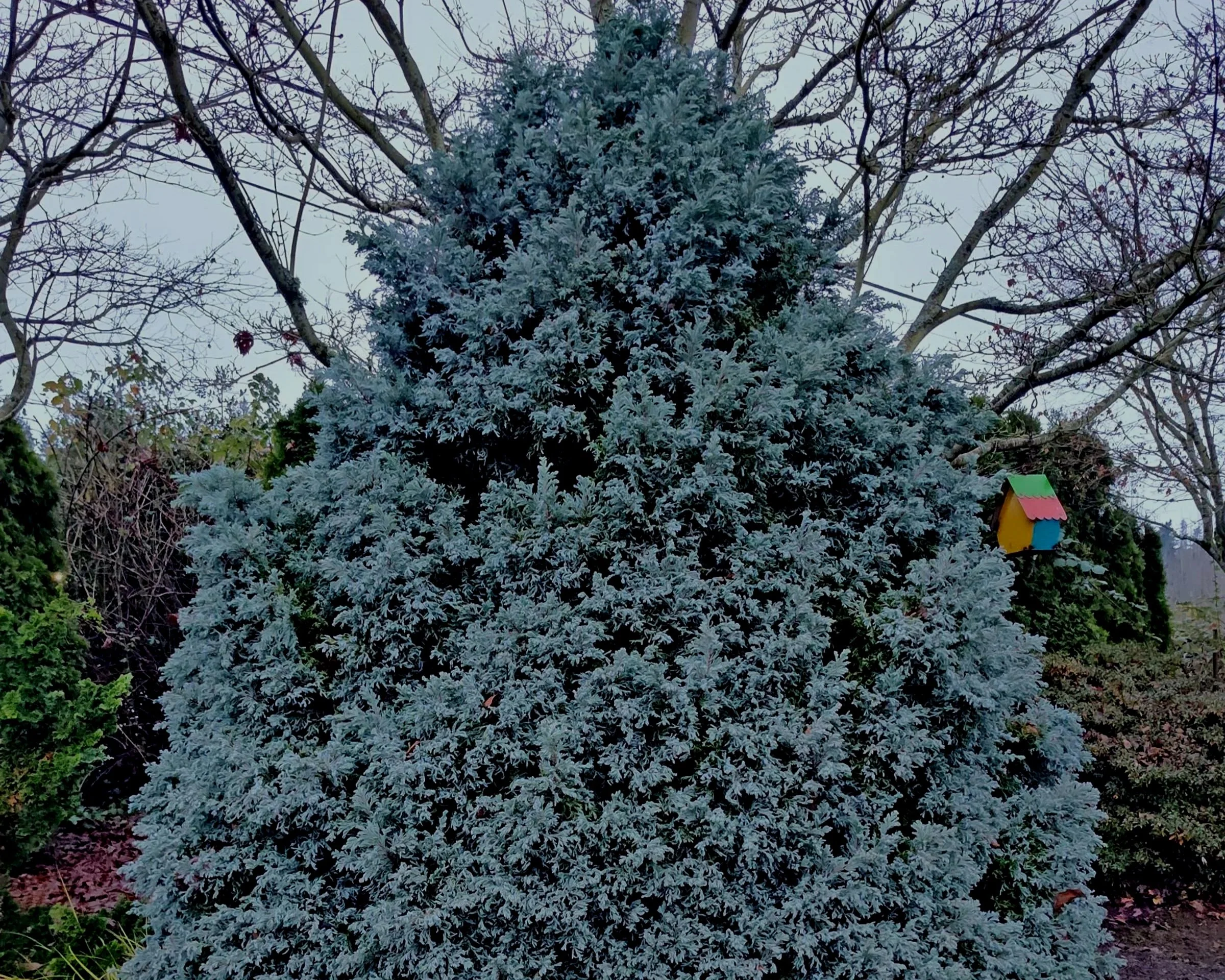Well, I think it is safe to say that our lovely, long-lasting summer is officially over. Between the nasty wind storm and few recent days of below freezing nights, it is time to get serious about putting the garden to bed. Here are a few tips to help your garden survive winter and come back in spring stronger than ever…
LAWNS: With the recent rains, lawns are finally starting to green up. Help them along by applying an organic fertilizer and lime this month.
FRUIT TREES AND FLOWERING TREES: It’s always a good practice to apply a dormant spray, containing sulfur or copper, combined with horticultural oil to control present and future insects and diseases. If possible, pick a day above freezing with no rain forecasted for 24 hours.
VEGETABLES: Clean up the beds and spread an inch of compost and some lime to keep the weeds down for the winter. Plant garlic and divide any perennial veggies, like Rhubarb or Asparagus. Cover crops work well if you can till them in come springtime, but avoid planting them in raised beds, it will be your worst nightmare.
BULBS: Plant them if you haven’t already and don’t forget the bone meal.
FLOWER POTS: There is no need to look at empty containers all winter long. Either move them out of sight or plant them with cold hardy stuff (surprisingly, there are lots of choices).
BERRIES: For Raspberries and Blackberries, it is most important to remove the canes that produced fruit this year (except for ever-bearing varieties). The remaining canes can be shortened up a bit and secured to a wire/trellis system. Blueberries only need a light pruning to remove any dead wood and to shape them. Wait to mow Strawberries down until February.
GRAPES AND KIWIS: Wait until February to prune but then get it done as the sap starts to rise in March and they will bleed excessively which can weaken them.
ROSES: Remember “Hip high in the fall, knee high in the spring” - this is how you should be pruning most of your Roses. Climbing Roses need to be secured to their trellis and the long canes shortened up just a little bit. These long canes will produce your first crop of flowers next spring. After pruning and thoroughly cleaning around the base of the Rose, apply some lime and then pile up some mulch about 10 to 12 inches high to protect the graft union from a really ugly winter.
PERENNIALS: When I think of perennials, I tend to put them into two camps, sticks and mushers. The mushers are plants like Hostas that mush to the ground at the first frost - these are easy to clean up at that point. Sticks are plants like Asters and Hardy Fuchsias that turn brown but remain woody. Cut them halfway back to the ground and in spring, as the new growth emerges from the base, remove the rest of the old growth. Evergreen perennials like Bergenia and Heuchera, just need some grooming to keep them looking good all winter. After cleaning up the perennial beds, broadcast some lime and spread an inch of fresh compost over the soil to control weeds and insulate the ground from hard freezes.
Generally speaking, keep your pruning to a minimum this time of year and retain a little “wildness” for the birds to play in. By February you should be re-energized and itching to get back into the garden with renewed vigor and optimism for the season ahead. It will be here before we know it!



